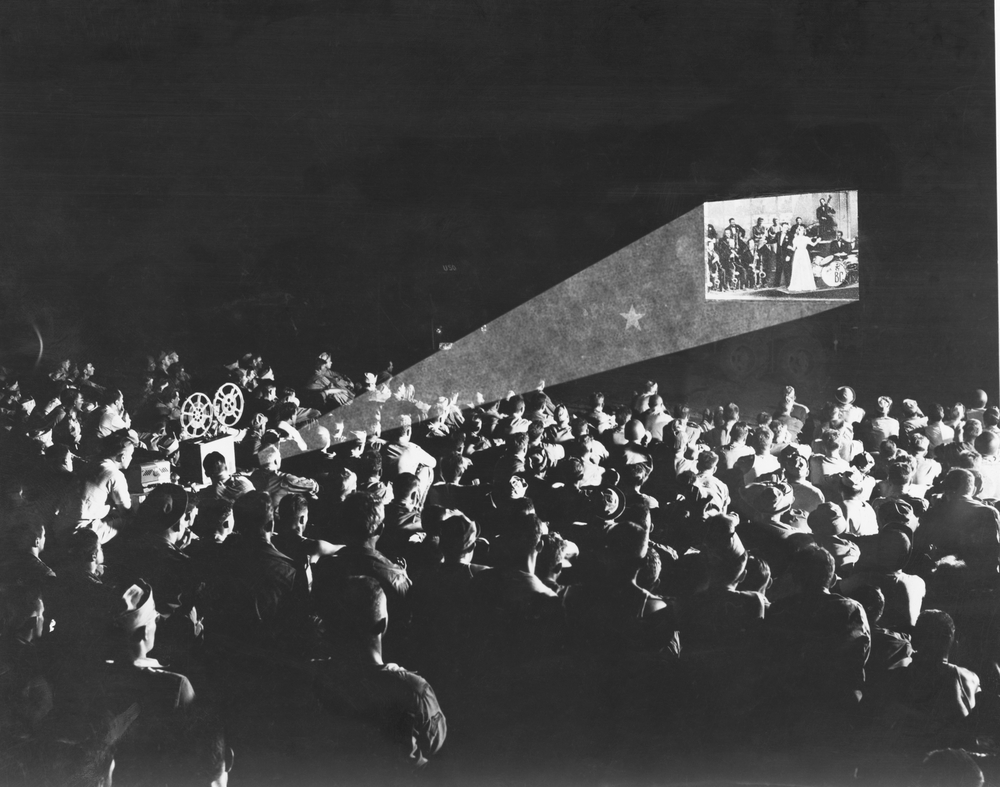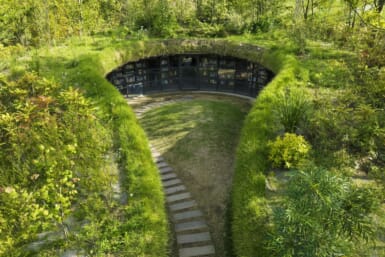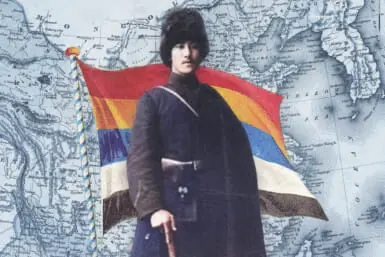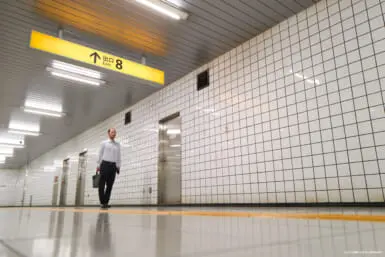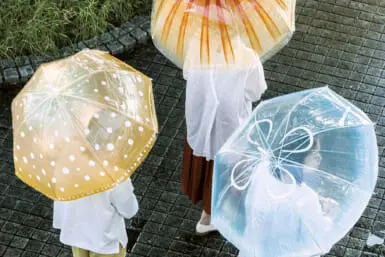If you’re a fan of cinema and living in Japan, you probably have a lot of opportunities to see films here that wouldn’t normally get released elsewhere in the world. While Japanese horror movies such as The Ring and The Grudge have left a firm imprint on western pop culture, and the classic cinema of Akira Kurosawa, Yasujiro Ozu, and Kon Ichikawa are frequent topics of discussion in film studies classes, surely there are other Japanese films worth seeing?
It’s worth noting that in Japan the notion of live-action and animated films being suitable for different audiences has never really been an issue, while the stereotype of cartoons being for kids has largely persisted in the western world. Here, everyone can enjoy a bit of Miyazaki or Ghibli. However, darker films like Akira, Grave of the Fireflies, or Ghost in the Shellwere praised by critics such as the late Roger Ebert to the extent that they are now recognized and respected worldwide. A deeper look into unknown anime films is certainly a noble cause, but it would have to be so in depth as to require its own article.
Something else to consider is the concept of “art film” as a pejorative. It seems film audiences are the same the world over: many tire of high concept, high fallutin` slow moving arty-farty cinema, and usually prefer something a little more entertaining and high energy. Because of this, many of Kurosawa’s own works are more well-known overseas than in his native land, and newer filmmakers like Takeshi Kitano have suffered a similar fate. While his classics like Sonatine and Zatoichi have been championed by the likes of Quentin Tarantino and others abroad, in Japan he is still known mainly as a comedian, which has hurt his domestic film sales. For this reason, I’m primarily concerned with films that have a following here in Japan, whether as a blockbuster or a cult favorite.
With all that in mind, here is a top 10 list of lesser known vintage films. “Vintage” is usually taken to mean 20 years old or more, and can be distinguished from the older “classics” of the Golden Age of Cinema of the 1950s. Recent movies like Battle Royale and Suicide Club will not be included, partially for the reason that these films can be easily seen overseas, usually with subtitles added. For my list, I’ve chosen pictures that either had a very limited international release or possibly none at all. With that in mind some Japanese knowledge may be necessary, and access to the bevy of independent theatres around Tokyo or at the very least a Japanese Netflix account would be very helpful. As for the ranking itself, I’ve chosen to put the films in chronological order. Simply put, these are all films I enjoyed and think have some value.
Black Lizard (1968)
Directed by Kinji Fukusaku
Japanese title: 黒蜥蝪(Kurotokage)
When one thinks of Japanese mystery fiction, the name “Edogawa Ranpo” should come to mind. This film is an adaptation of the Ranpo story of the same name, and was directed by none other than Kinji Fukusaku, who later became famous for directing yakuza crime films and the modern classic Battle Royale. It stars well known drag performer Akihiro Miwa as the titular villain, and even features a cameo from legendary writer Yukio Mishima. This is an entertaining mystery romp through and through, and not to be missed.
Funeral Parade of Roses (1969)
Directed by Toshio Matsumoto
Japanese Title: 薔薇の葬列(Bara no Sōretsu)
This is a seminal underground art film that is both an in-depth look at early Japanese gay culture in Tokyo as well as a loose retelling of the Oedipus myth. It stars Shinnosuke Ikehata aka Peter, and many other gay icons of the time, some of whom play themselves. The movie varies wildly in tone, with psychedelic dance numbers mingling with scenes of disturbing violence. There are also interviews with the cast, giving an eye-opening look into the trials and tribulations of a “Tokyo Gayboy.”
Pastoral: To Die For the Countryside (1974)
Directed by Shuji Terayama
Japanese Title: 田園に死す(Den-en ni shisu)
Shuji Terayama is known as the founder of the independent transgressive theatre movement known as “Angura,” but he also worked extensively in film. More lucid than many of his works, this still-surreal tale of the Japanese countryside is equal parts horror, musical, and romance. It also draws on some post-war scars, as men return from the battlefields as ghosts and talk to their families in graveyards. Though at first seemingly impenetrable, Pastoral becomes more relatable toward the halfway point, when the movie becomes a film within a film. Who wouldn’t go back in time, if given the chance, and change something about their lives? Pastoral is an art-film of the finest quality, and there’s nothing else quite like it.
The Bullet Train (1975)
Directed by Junya Sato
Japanese Title: 新幹線大爆破(Shinkansen Daibakuha)
On March 10, 1975, the Sanyo Shinkansen opened, providing high speed transport from Tokyo to Hakata. To celebrate this feat, someone got the idea of making a movie about blowing it up. Bullet Train is a great partner piece to 70s disaster flicks like The Towering Inferno and The Poseidon Adventure, though this film has a little more heart than its American brethren, with ample time being spent on the motivation of the criminals, and what drove them to strap a bomb to a train carrying 1,500 people. Unlike most of the films on this list, this movie was shown internationally, and reached American theatres one year later. However, it was unfortunately given the Godzilla treatment: about one-third of the film was shaved off, then the rest was re-edited and embarrassingly dubbed over. Do yourself a favor and see the real thing.
The Yellow Handkerchief (1977)
Directed by Yoji Yamada
Japanese Title: 幸福の黄色いハンカチ(Shiawase no kiiroi hankachi)
In contrast to some of the other films on this list, this picture is a heartwarming road movie about three misfits traveling through Hokkaido together. The film, largely a comedy, chronicles how each of them came to this point, and how they grow closer together. About halfway through, the film becomes a story about lost love and a possible redemption. Yellow Handkerchief is also notable for its footage of rural Hokkaido, especially towns like Yubari, before they became the desolate ghost towns of today. The film was later remade twice, most recently with a cast including William Hurt, Eddie Redmayne and Kristin Stewart.
Sailor Suit and Machine Gun (1981)
Directed by Shinji Somai
Japanese Title: セーラー服と機関銃(Sērā-fuku to kikanjū)
This cult favorite is about a young heiress to a yakuza family (played by up-and-coming idol Hiroko Yakushimaru) who is tasked with taking over the group upon her father’s death. It is one part gangster film, part heartwarming drama, and part over the top comedy. Despite its inconsistent tone, it is a great film, and still popular among the Japanese filmgoing crowd. It was later adapted for TV twice, and in 2016 a sequel was released.
Burst City (1982)
Directed by Sogo Ishii
Japanese title:爆裂都市(Bakuretsu Toshi)
Much fuss has been made in foreign media about the “Speed Tribes,” Japanese biker gangs that ruled the seedy underground in bubble-era Japan. These rebellious youth are chronicled in Sogo Ishii’s classic Burst City. This film, like the youths it chronicles, is mostly focused on attitude: the film is light on actual plot and character development as the gangs and authorities fight each other and among themselves. A prominent focus of the film however, is some of the up-and-coming punk bands of the era including The Roosters and controversial act The Stalin. It should be of prime interest for those interested in low budget experimental film as well as the underground music of the period.
The Family Game (1983)
Directed by Yoshimitsu Morita
Japanese Title: 家族ゲーム(Kazoku Gēmu)
The Family Game succeeds at being a laugh-out-loud comedy as well as a still-relevant social critique. The Numata family are at their wits end with younger son Shigeyuki, and decide to get him a home tutor. Into the family comes Katsu Yoshimoto, an eccentric but well-meaning teacher who takes Shigeyuki under his wing. But is the problem with Shigeyuki, or the family itself? For a mainstream movie, it offers poignant observations on the changing family dynamic in urban Japanese society. This award-winning film remains popular to this day, and was recently made into a TV show.
https://www.youtube.com/watch?v=0s5Opi3v_FA
No Worries on the Recruit Front (1991)
Directed by Shusuke Kaneko
Japanese Title: 就職戦線異状なし(Shūshoku sensen ijōnashi)
When it comes to showcasing the yuppie cheese of bubble-era Japan, this film is an unparalleled success. Despite the year in which it was made this movie positively screams eighties, whether it be the dumb gadgets, ugly cars, or bad haircuts. Enjoy the capers of two young friends climbing the corporate ladder, courtesy of the director of numerous Gamera films and the original Death Note movie. It is probably more well-known these days for its theme song, a karaoke staple whose video is a nostalgic trip in and of itself.
Organ (1996)
Directed by Kei Fujiwara
Japanese title: オルガン(Orugan)
Japanese horror has a well-deserved reputation for going to extremes. The gory violence of a movie like Ichi the Killer or Flowers and Flesh and Blood (which upon release was investigated as to whether or not it was a snuff film) differs from American grindhouse films in that they don’t rely on cheesiness or slasher clichés. Many of these movies are played completely straight, with plots that are often bizarre and surreal. A noteworthy example is the work of Kei Fujiwara. Previously a collaborator with Shinya Tsukamoto on the classic Tetsuo the Iron Man, she wrote, directed, and co-stars in this violent gorefest about police investigating organ thieves. Japanese splatter flicks are not for everyone, but those looking for something shocking will enjoy this film.

